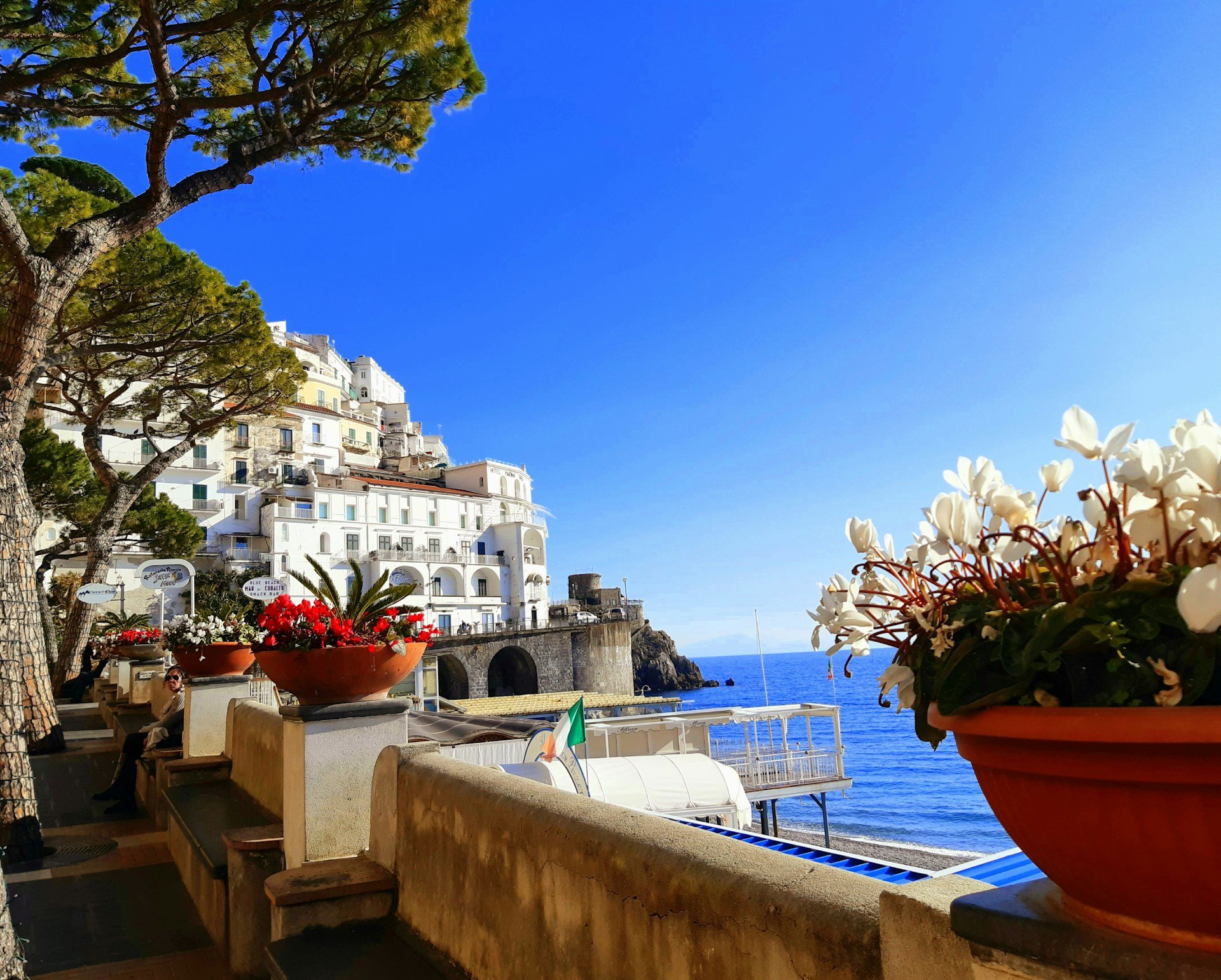Espresso vs Coffee - What Is The Difference Between Them?
/Coffee and espresso come from the same bean. Both have intense flavor, are a fine grind and are brewed by using hot water, but their similarities end there.
If you normally love a French press filter coffee or head to the nearest chain for your double shot coffee drinks lets learn about the different types of coffee. We are no coffee aficionados but we understand the main difference and can settle the coffee debate.
Let's delve into the world of espresso beans, dark roast beans, brewing methods, and bitter flavors to explore the differences between coffee and espresso.
Credit: Unsplash
How coffee is brewed
Coffee beans are roasted and then ground using a finer grind. The ground beans are then placed in a filter of some sort, and hot water is passed through the ground coffee beans. The water then travels through the filter to brew the coffee that we drink, whether that’s regular coffee, black coffee, or a latte.
This process is the same whether you are using a coffee machine or Moka pot at home, or you’re getting your cup of coffee from a local coffee shop!
Espresso - coffee concentrate
Espresso, on the other hand, is similar in concept to "coffee concentrate." When coffee beans are used in espresso machines like Breville or Sage, the resulting liquid is essentially, concentrated coffee. Therefore, to make the best cup of espresso coffee, the type of coffee bean makes a difference, and one has to start with the best and most aromatic beans. The impurities and bitterness in beans might be brewed out of regular coffee, but will be concentrated in espresso drinks.
How to brew espresso
Usually, only the best beans are selected for roasting when it comes to making espresso. Good coffee beans that will be manufactured and processed for espresso are often roasted for longer - you can usually find the roast levels on coffee packaging. This gives them a much richer, darker flavor.
You will be able to find these beans labelled as ‘dark roast’ beans. Another aspect of this process that makes a big difference to espresso is grind size. After roasting, coffee beans for espresso will be ground more finely than regular coffee grinding. The finer the grind, the better for espresso. Again, you will often find the words ‘fine grind’ on coffee that’s been produced for making the perfect espresso shot.
Once finely ground, espresso is then put into a special type of filter pod or pack. These can be encapsulated paper pod filters or plastic pod-type puck filters. The filters are then placed in a special compartment of the espresso machine. There are many different types and styles of espresso machines, but all of them either have manual or mechanical presses to express the espresso from the filter pod or puck, whether at home or in coffee shops.
Credit: Unsplash
Other differences between coffee and espresso
Water is heated to approximately 160-180 degrees F for coffee.
Espresso water is usually superheated to 195-200 degrees F, without boiling.
For coffee, the hot water is heated and then dripped or filtered slowly through the filter, allowing the filter to slowly fill with water and then drip the steeped coffee into the coffee decanter.
For espresso, the hotter water is forcibly injected and fused through the coffee with pressure, either through mechanical means like a high-pressure stream of water, or through the process of pressing with a manual lever to 'press' the water through the coffee puck or pod.
Coffee generally takes 10-15 minutes to brew an entire pot, while espresso is brewed in 'shots' of approximately two ounces of concentrated coffee - espresso - and takes about 25-30 seconds per shot.
The biggest difference between coffee and espresso
Quality of the bean is the biggest difference between Espresso and regular coffee. Espresso is created by concentrating the flavor of the beans rather than regular brewing of coffee grounds. It is recommended that only the highest quality of coffee beans be selected and carefully roasted for finely grinding and these are used to make espresso.
One last thing it’s never callled ‘Expresso’ always ‘Espresso! :-)



























